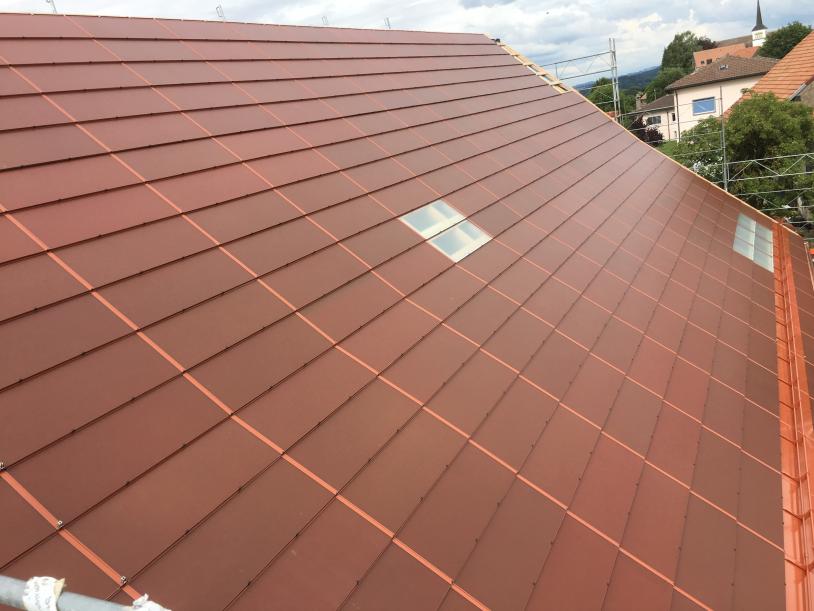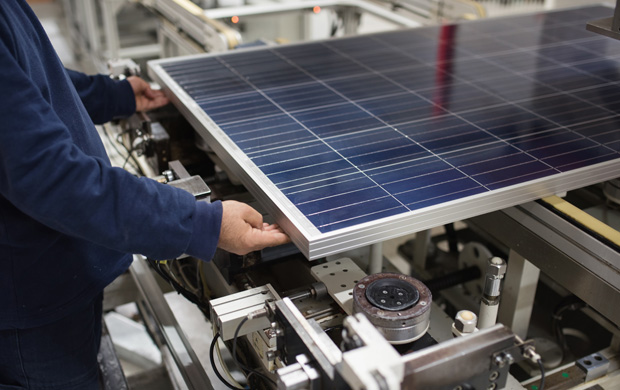Solution
The Energy roadmap for energy efficient buildings (2014-2020) has integrated the topic of BIPV in many different sections and perspectives. This highlights the very important inter-dependency between the energy and building sectors and opens the doors for competitive and cost efficient innovation in these fields. The Energy Roadmap 2050 shows that nearly zero buildings (NZEB) or even positive buildings will become the norm.

© Issol
EPoG. The new reference
A shift in mindset from PV to the building industry is essential today, and new terminology should be defined. We propose the use of “Energy Positive Glazing” (EPoG or E+Glazing) to denote “Electrically Active Smart Glass and Windows” as they relate to the building field, in order to replace “BIPV” or “Photovoltaic Elements”. EPoG elements will therefore replace traditionnal passive building materials, such as tile, stone, an aluminum façade element, or standard architectural glass into innovative active elements.
By providing both the protective envelopes and substitution materials, EPoG elements can produce electricity at attractive costs. Depending on the country, pricing and regulations, EPoG can generate revenues of up to 10 to 30 €/m2 per year, meaning the incremental costs of EPoG versus regular glass can be paid off in 5 to 10 years. A combination of new market regulations, societal changes, citizen aspirations, and novel technological developments enabling stimulating architectural integration, should facilitate this trend via a paradigm shift in our perception of buildings and solar systems.
A unique and decisive chance for the European industry
The BIPV market presents a unique chance for the European industry to “reconquer” market share in the field of photovoltaics and become a prime player in transitional energy. Additionally, this new market could potentially drive new vision and promote a significant paradigm shift. Given the proximity of its customers, the individual nature of these projects provides more chances for local companies to develop and sell products. Moreover, the BIPV market should be taken as an opportunity for the building sector rather than the traditional PV industry. Indeed, building a PV façade involves more architectural and building engineering versus only power efficiency and cost, as is the case with traditional power plants.

Coloured and multi-functional BIPV product solutions
The creation and integration of EPoG elements with customised functions, such as colour, surface texture and shape, as well as thermal and acoustic properties, will be investigated as part of the Be-Smart project’s ultimate goal in demonstrating holistic cost-effective approaches.
